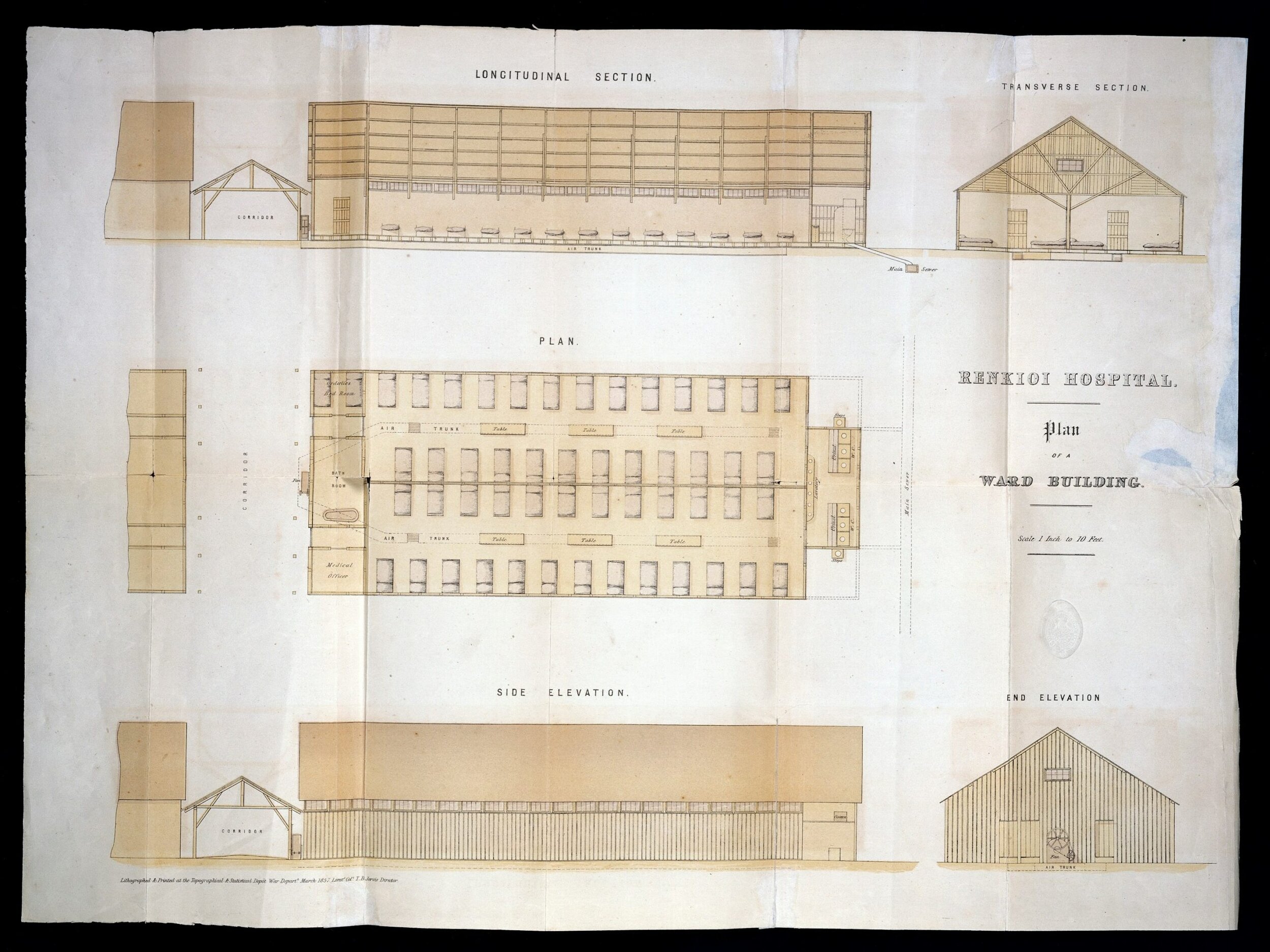Hospitals & Hospitalers

People seem to have a pretty good idea of what a healer should look like in medieval fantasy. How about a hospital?
People seem to have a pretty good idea of what a healer should look like in medieval fantasy. How about a hospital?
For many years of my career as a storyteller, I was lazy when it came to designing the workplaces of healers in my campaigns. The vast majority of them operated out of one temple or another, and these temples rarely had much in the way to importantly distinguish them aside from the specific decor on the walls. Eventually, I came to realize what a cop-out this actually was. In any sort of rich and well-crafted setting, not every healer should be a cleric; other people get healing magic, and not even every cleric wants to work out of a temple when it's possible to create a more specialized setting. Given that our games tend to borrow technologies and cultural elements from throughout history, rather than sticking to a strict medieval design, it would only make sense for different healers to work in extremely different sorts of facilities which might run the gamut from a marble-columned temple to a ramshackle hut to something akin to a nearly-modern hospital. This naturally begs the question: what does a fully-functioning hospital look like, just prior to the modern era?
To answer this question, we consider the case of Isambard Kingdom Brunel, one of history's foremost engineers. Brunel led an interesting life and had a number of remarkable achievements to his name, but the one which interests us today is the Renkioi Hospital. Renkioi hospital was a prefabricated building constructed in England and assembled in Turkey during the height of the Crimean War, when more British soldiers were dying of infectious diseases than enemy actions. The hospital was built primarily out of wood, which made it fast and easy to produce and, importantly, its components were easy to transport long distances. By combining modular rooms separated by large courtyards, the hospital grew to eventually accommodate over a thousand patients, which is impressive even by today's standards.
The major important contribution which Renkioi made, other than as an advance in pre-fab construction, was in terms of cleanliness. We sometimes forget just how late in human history we became aware of the health importance of clean water and washed hands, and especially in a war-torn region, conditions in the mostly improvised and under-supported field hospitals were terrible. By this time in history, major urban centers had been building modern-ish hospitals for almost a century, and the people building them had come to understand the importance of clean water and good ventilation, although the major water-borne illnesses were still generally believed to be airborne. Smaller hospitals often didn't take water and ventilation much into account, especially in rural areas. Renkioi incorporated sanitary procedures and even included indoor plumbing with flushable toilets, technology that goes back more than twenty centuries before the birth of Christ but which remained, in Brunel's time, largely unknown. Surgery at Renkioi wasn't sterile by today's standards but was far ahead of its time, and the mortality rate is believed to have been relatively low. Between its ability to provide appropriate care and its ability to provide basic sanitation, it's estimated that Renkioi reduced patients' deaths by more than 90%. This was no small feat given that Renkioi was built close to a century before the discovery of antibiotics.
Architecturally, Renkioi was simple, which makes sense that it was a government project built during war-time. The individual pre-fab components were used to assemble what essentially amounted to a series of wooden huts, only one storey high. A system of clay pipes leading to springs in nearby hills allowed for running water and even some hot water.
Photos of Renkioi Hospital and diagrams of its floor plan are easily available on Google and could easily form the template for similarly "advanced" health care centers in a fantasy setting.
More than four years ago, Dr. Eris Lis, M.D., began writing a series of brilliant and informative posts on RPGs through the eyes of a medical professional, and this is the one that appeared here on September 20, 2014. Lis is a physician, gamer, and author of the Skirmisher Publishing LLC OGL sourcebook Insults & Injuries, which is also available for the Pathfinder RPG system.






